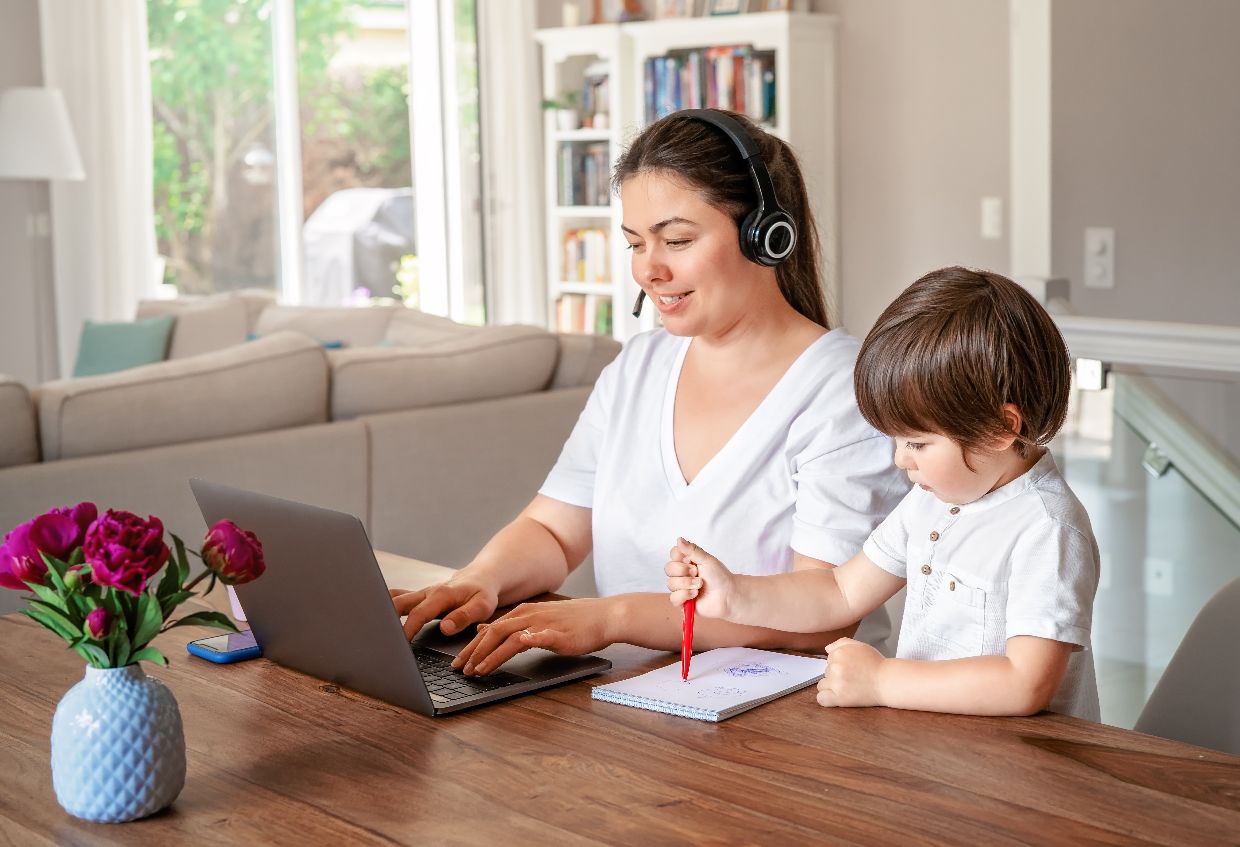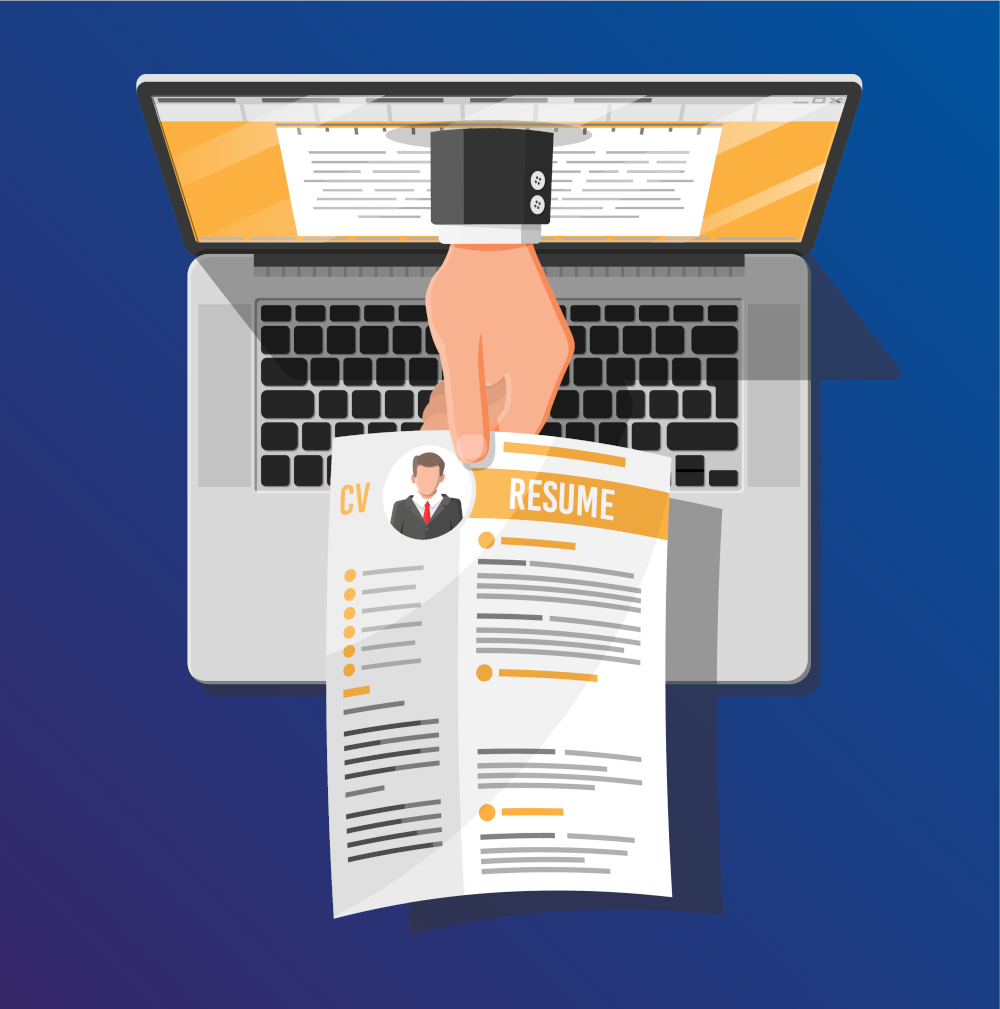If you’re tired of hearing brands talk about “the new normal” and “these uncertain times,” we get it. Phrases like these have been overused to the point of becoming hackneyed. But that doesn’t mean they aren’t accurate.
There’s little uncertainty around one of the most fundamental impacts the aftermath of the global health crisis will have on the world of business: distributed teams and remote work are here to stay. Overwhelming evidence suggests the inflection of this rising trend — already well in motion before the coronavirus pandemic — will permanently alter operational dynamics for those organizations firmly steeped in the tradition of “butts in seats” at the office.
You need to prepare and build an infrastructure to support flexible work culture to avoid putting your business at a severe competitive disadvantage in the years ahead.
Why Distributed Teams Will Be the New Standard
Looking at the information across the board, when analyzed critically, makes it difficult to believe we’ll ever go back to a world where working from home was considered a special perk or circumstantial allowance.
For example:
-
Work flexibility was already one of the biggest global work trends, with the number of remote workers rising by an estimated 400% in the decade of the 2010s. Fast Company, among others, was already calling remote work “the new normal” long before using that term relentlessly was the new normal.
-
98% of remote workers said they would like to work remotely at least some of the time for the rest of their careers.
-
Gallup found that only 2 out of 10 people that can work remotely are entirely on-site, which is down from 60% in 2019.
Connecting the dots on these data points, we can surmise that:
-
Work flexibility was already emerging prominently as a key offering in employees' eyes.
-
Many who might’ve fancied the idea from afar (so to speak) are now experiencing remote work and its many benefits for the first time.
-
Those who get the opportunity to work remotely don’t want to lose that option.
There’s an old idiom about how you can’t put the toothpaste back in the tube, which seems to apply here. Workers worldwide are sampling WFH, learning to navigate the challenges, and building out their fully-fledged home offices. These experiences and acclimations won’t be forgotten once the restrictions on sheltering and social distancing ease.
With millennials and younger generations of talent valuing work flexibility to a heightened degree, the writing isn’t so much on the wall as it is scribbled across every surface in the room.
"Once they’ve done it, they’re going to want to continue,” asserts Kate Lister, president of consulting firm Global Workplace Analytics, who predicts that 30 percent of people will work from home multiple days per week within a couple of years, according to Vox. (That figure was about 4 percent before the pandemic.) Gartner reports that 74% of companies permanently plan to shift to remote work following COVID-19.
To be clear, we’re not headed toward a scenario where offices and physical coworking cease to exist — many employees will forever prefer the routine of getting up and going to work, collaborating directly with their colleagues, at least some of the time. But we’re kidding ourselves if we think a considerable number of workers aren’t doing their jobs productively at home right now and wondering, “Why haven’t I been doing this before?”
On the flip side, plenty of businesses are having a similar revelation.
A Crash Course in Managing Distributed Teams
Of course, some business types just aren’t conducive to distributed work. But many companies and corporations have adhered to a traditional “come to the office every day” requirement simply because it’s the longstanding status quo. The comfort of habit looms large, and there’s a (largely misguided) perception among some managers and supervisors that if you can’t see an employee at their desk or in their workspace plugging away, productivity and accountability will suffer.
Many of these business leaders now have no choice but to set aside their reservations and create systems that facilitate distributed teamwork. They’re equipping people with tools and techniques to do their jobs effectively from home. They’re building out processes to support this style of operation. And after a while — if it hasn’t already — managing distributed teams will start to feel more natural for those who found it foreign initially.
In other words, while employee expectations and preferences may be evolving during this period, so too are business capabilities and managerial skill sets. The most proactive and future-focused organizations are leaning fully into this shift to position themselves optimally for a new world in which they’ll be able to recruit the best talent and maximize it.
Leading in the New Era of Flexible Work
There are many employer benefits to offering remote work: larger talent pools unrestricted by geography, lower overhead costs, happier and more loyal employees, less work time lost to commutes, etc. So while the disruption has been unwelcome for many reasons, it has brought some positives that will resonate going forward.
This moment presents a critical opportunity for organizations to get up to speed and even ahead of the curve in enabling flexible work. Lay groundwork for hybrid settings where in-office folks can collaborate with remote colleagues seamlessly. Here are a few recommended actions to get the ball rolling:
-
Create a culture that makes employees feel included, valued, and engaged no matter where they are. Remote employee disengagement can be challenging, but there are ways to address i.
-
Begin documenting your successes and failures with remote work so that you’ll eventually have a robust organizational blueprint for best practices.
-
Scrutinize legacy technology and determine what needs to be updated, added, or replaced. VPNs, remote software suites, and security measures are good areas to focus on.
-
Rethink accountability and incentives. The way managers check in on progress, delegate responsibilities, and recognize success may look different going forward. Now is an excellent time to experiment with and refine new processes.
If this shakeup blindsides your organization, you are far from alone. But if we go beyond adapting and instead use this time to proactively optimize our operations for the altered state of work that lies ahead, we can move forward with our eyes fully open.
If you’re looking to bring the vibe and visibility of a physical office into the virtual setting, we invite you to try Sococo and see whether an online office suits your company’s “new normal.






